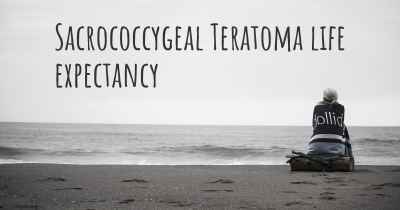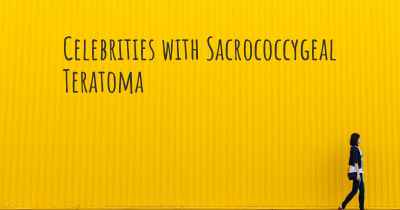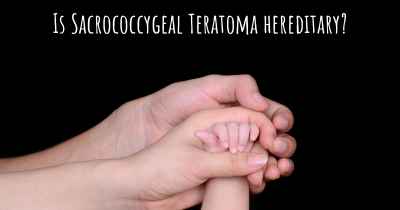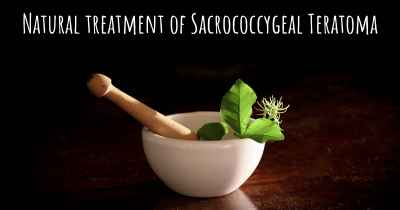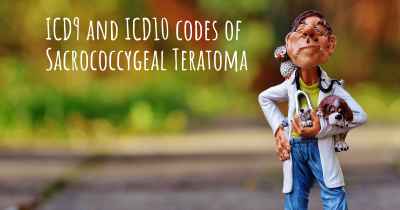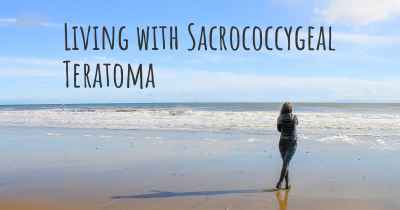What is the history of Sacrococcygeal Teratoma?
When was Sacrococcygeal Teratoma discovered? What is the story of this discovery? Was it coincidence or not?
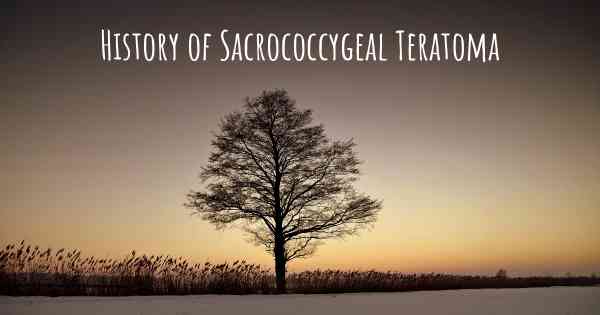
Sacrococcygeal teratoma (SCT) is a rare tumor that develops at the base of the tailbone (coccyx) in infants. It is the most common tumor found in newborns, with an estimated incidence of 1 in every 35,000 to 40,000 live births. SCTs are typically benign, but in some cases, they can be malignant or have elements of malignancy.
The history of sacrococcygeal teratoma dates back to the early 19th century. The first documented case of SCT was reported in 1809 by Benjamin Brodie, an English surgeon. He described a tumor arising from the coccyx in a newborn baby. However, it wasn't until the late 19th century that more comprehensive studies on SCT were conducted.
In 1884, the German pathologist Friedrich Daniel von Recklinghausen published a seminal paper on SCT, which provided a detailed pathological description of the tumor. He coined the term "teratoma" to describe these complex tumors composed of multiple tissue types. Von Recklinghausen's work laid the foundation for understanding the histological characteristics of SCT.
Over the next century, advancements in medical imaging techniques and surgical interventions greatly improved the diagnosis and treatment of SCT. In the mid-20th century, the introduction of ultrasound allowed for prenatal detection of SCT, enabling early intervention and improved outcomes.
One of the significant milestones in the history of SCT was the development of the Coccygectomy procedure. In the early 1950s, Dr. William Ladd, an American pediatric surgeon, pioneered the surgical removal of SCTs. He introduced the concept of complete tumor excision, including the coccyx, to prevent recurrence. Ladd's technique revolutionized the management of SCT and significantly reduced mortality rates associated with the tumor.
As medical knowledge and surgical techniques continued to advance, the understanding of SCT expanded. In the 1970s, researchers discovered that SCTs originate from primitive germ cells, which are the precursors to eggs and sperm. This finding provided insights into the embryological origins of the tumor and its potential for malignant transformation.
Throughout the 20th century, numerous case reports and studies contributed to the understanding of SCT. Researchers investigated the genetic and molecular factors involved in the development of SCT, as well as the risk factors associated with malignancy. The advent of genetic testing and molecular analysis techniques further enhanced the understanding of SCT at a cellular level.
In recent years, there have been significant advancements in the management of SCT. The multidisciplinary approach involving pediatric surgeons, neonatologists, radiologists, and geneticists has led to improved outcomes for affected infants. Prenatal diagnosis, careful monitoring, and timely surgical intervention have significantly reduced mortality rates and improved long-term prognosis.
Today, the treatment of SCT typically involves surgical removal of the tumor, often performed shortly after birth. The surgical approach depends on the size and characteristics of the tumor, as well as the presence of any complications. In some cases, chemotherapy or radiation therapy may be required, particularly for malignant or recurrent tumors.
In conclusion, sacrococcygeal teratoma has a rich history spanning over two centuries. From its initial description by Benjamin Brodie to the advancements in surgical techniques and prenatal diagnosis, our understanding and management of SCT have significantly evolved. Ongoing research continues to shed light on the genetic and molecular aspects of the tumor, paving the way for further improvements in diagnosis and treatment.
Posted May 21, 2017 by Erin 2150
